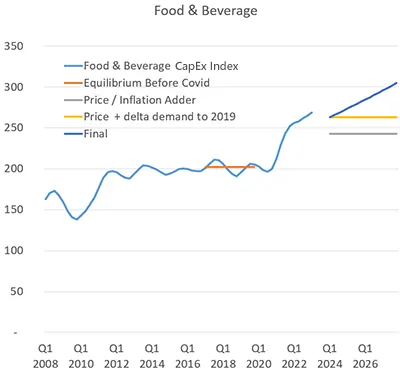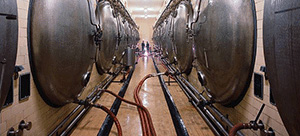Due to the essential nature of many of the products produced, the food & beverages industry is typically less affected by global economic conditions trends than many others, but is highly sensitive to government regulations that often determine how products are manufactured and where they can be sold. Regional demographic changes also often have a major impact on this industry. All CPG, Food & Beverage companies must deploy the latest technologies to stay competitive. ARC covers top technology trends in the CPG, Food & Beverage industries on an ongoing basis. Please visit Technology Evaluation and Selection Guides page for recent ARC research reports.
CPG, Food & Beverage Industry Overview
In general, new products, product innovation, and a growing population drive growth in the food & beverages sector. The growing middle class in emerging economies increases demand for more convenient processed foods as well as for more profitable luxury food and beverage products. Today's food and beverage companies strive to be able to respond to consumer demand for a wide variety of fresh, nutritious, convenient, and high-quality foods.
Many companies invest large amounts of money to develop new products. As many manufacturers operate globally, product packaging and labeling must meet country-specific requirements and regulations. In addition, product formulas need to be adapted to suit different consumer tastes.
 As a whole, this sector has invested heavily in IT infrastructure in recent years. These systems are expected to support information necessary to maintain quality standards, improve compliance, address food safety issues, and track product information. Flexibility in both R&D and manufacturing are important to support frequent product changes and reduce product time-to-market. We?re also seeing increasing pressures to reduce costs to remain competitive.
As a whole, this sector has invested heavily in IT infrastructure in recent years. These systems are expected to support information necessary to maintain quality standards, improve compliance, address food safety issues, and track product information. Flexibility in both R&D and manufacturing are important to support frequent product changes and reduce product time-to-market. We?re also seeing increasing pressures to reduce costs to remain competitive.
One area of concern is the potential effect of product recalls on a company's reputation. Most companies are making targeted investment to both improve their internal controls to reduce the risk of product recalls and improving their ability to recall products, when necessary. Cybersecurity is another challenge that the industry is addressing, largely through technology. Despite these challenges, food & beverage manufacturers are reasonably optimistic about their future prospects. Executives believe that new products and line extensions, plus more autonomous operations and efficiency improvements will drive growth and help improve profitability in this largely low-margin sector.
ARC works closely with both suppliers and users of technology in the CPG (Consumer Packaged Goods), and Food and Beverage marketplace. Many ARC domains are brought to bear in this industry. We will assist you with global market intelligence and advice for topics such as: Supply Chain & Logistics, Product Lifecycle Management (PLM), Asset Lifecycle Management (ALM), Packaging Operations Management, Operational Excellence (OpX), Overall Equipment Effectiveness (OEE), Quality Management, Lean, Six Sigma, Production Management, Cyber Security, Device Networks, and Machine Safety. ARC's industry leading experts closely work with OMAC Packaging Working Groups in order to monitor the progress of packaging standards such as: PackML, PackConnect, and PackSoft. ARC analysts also work closely with all major suppliers around the world.





